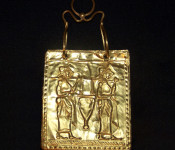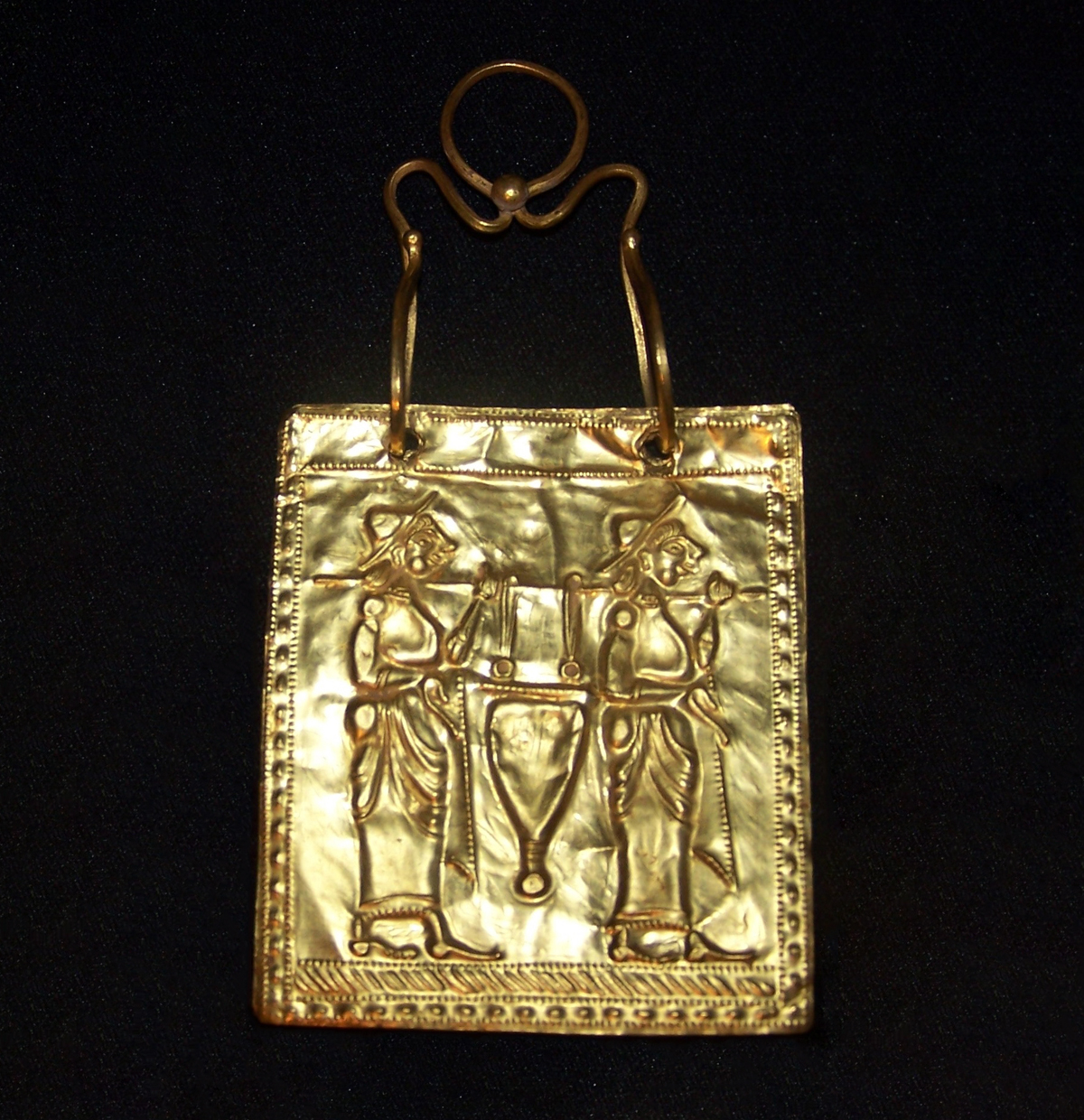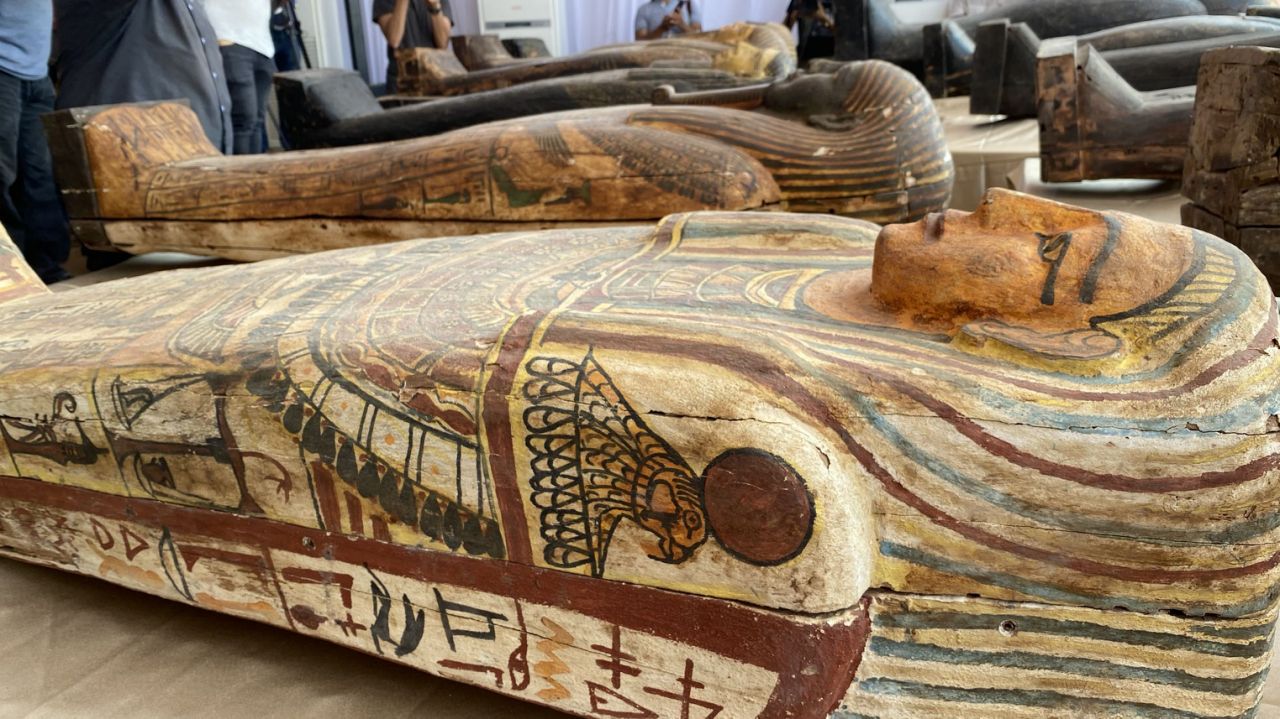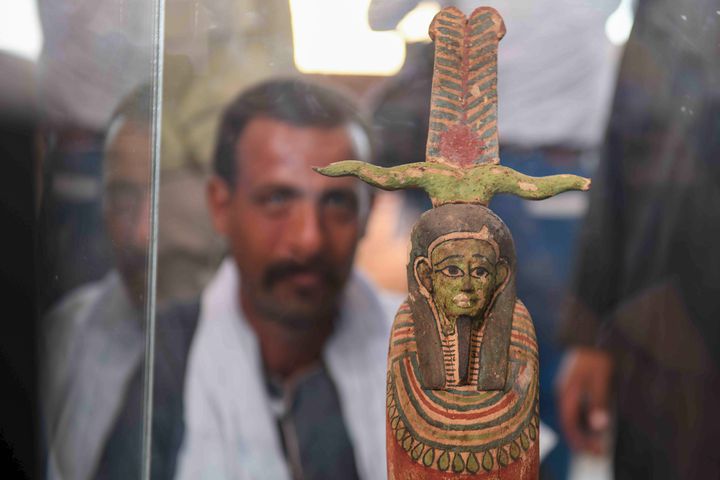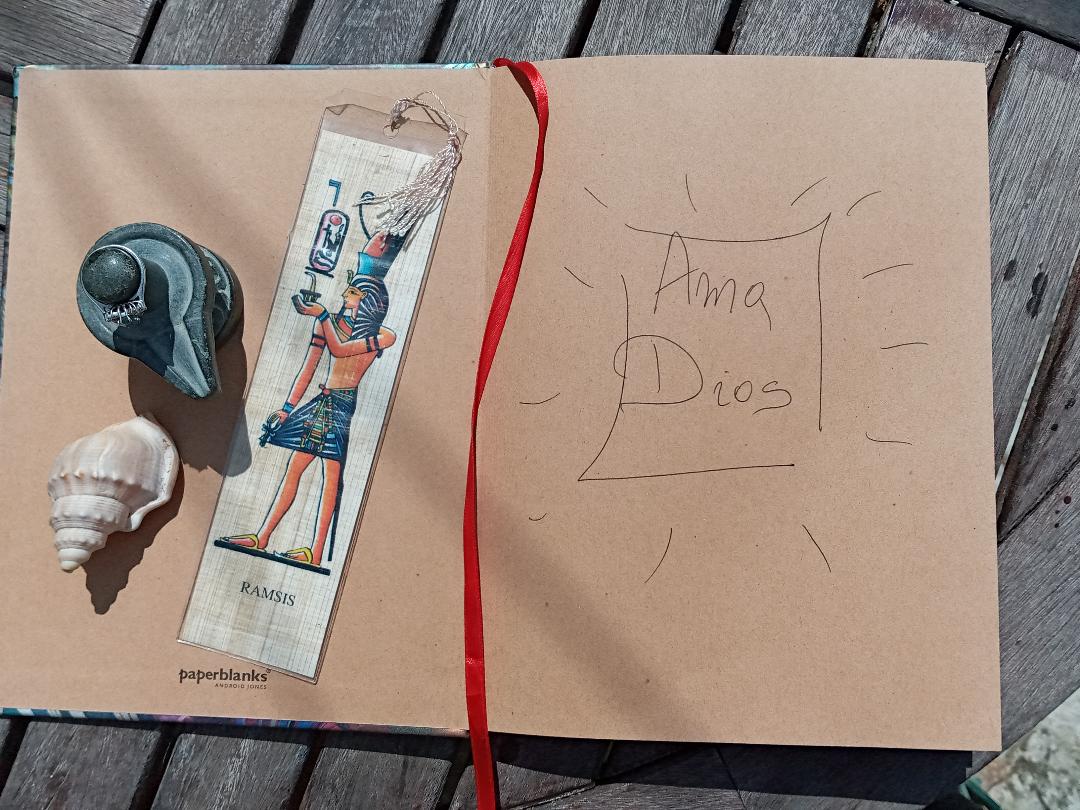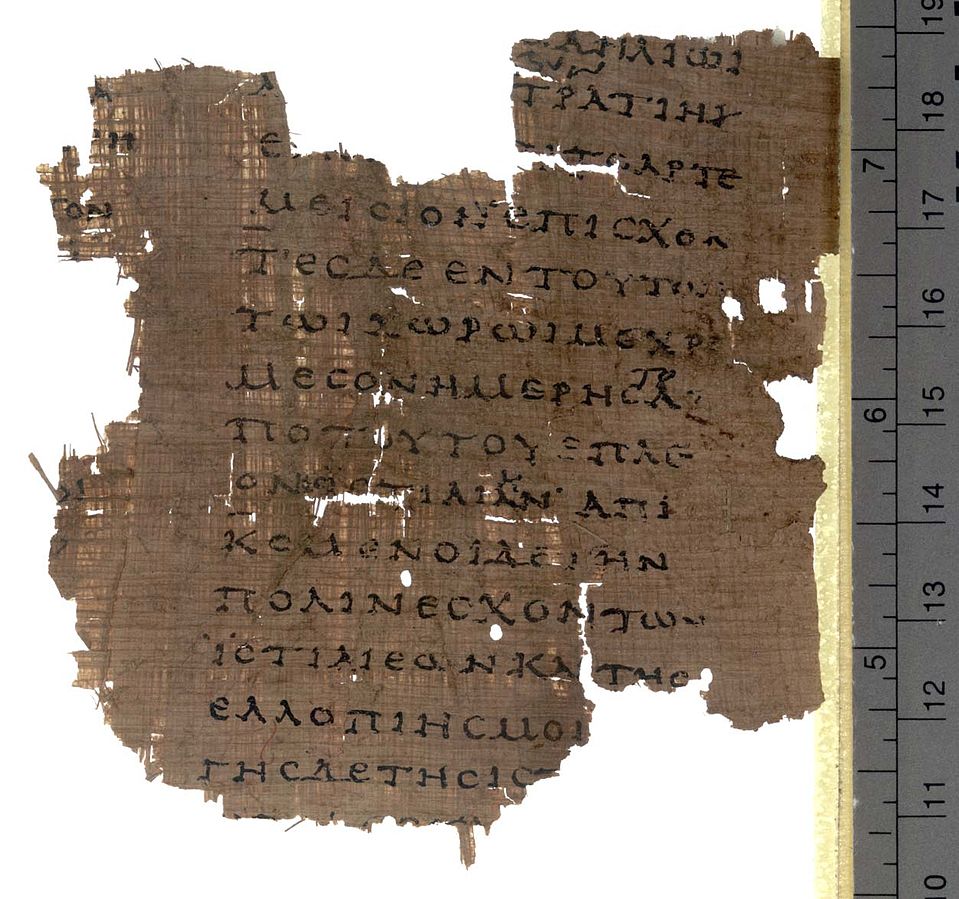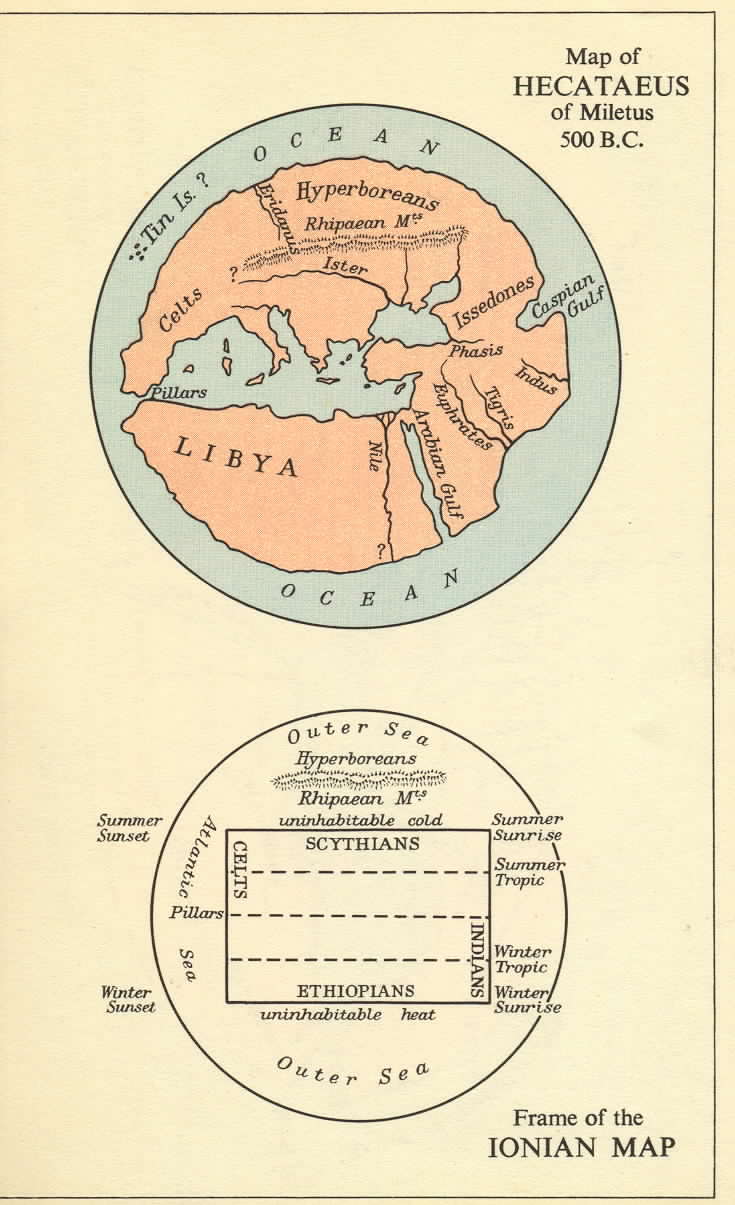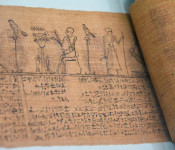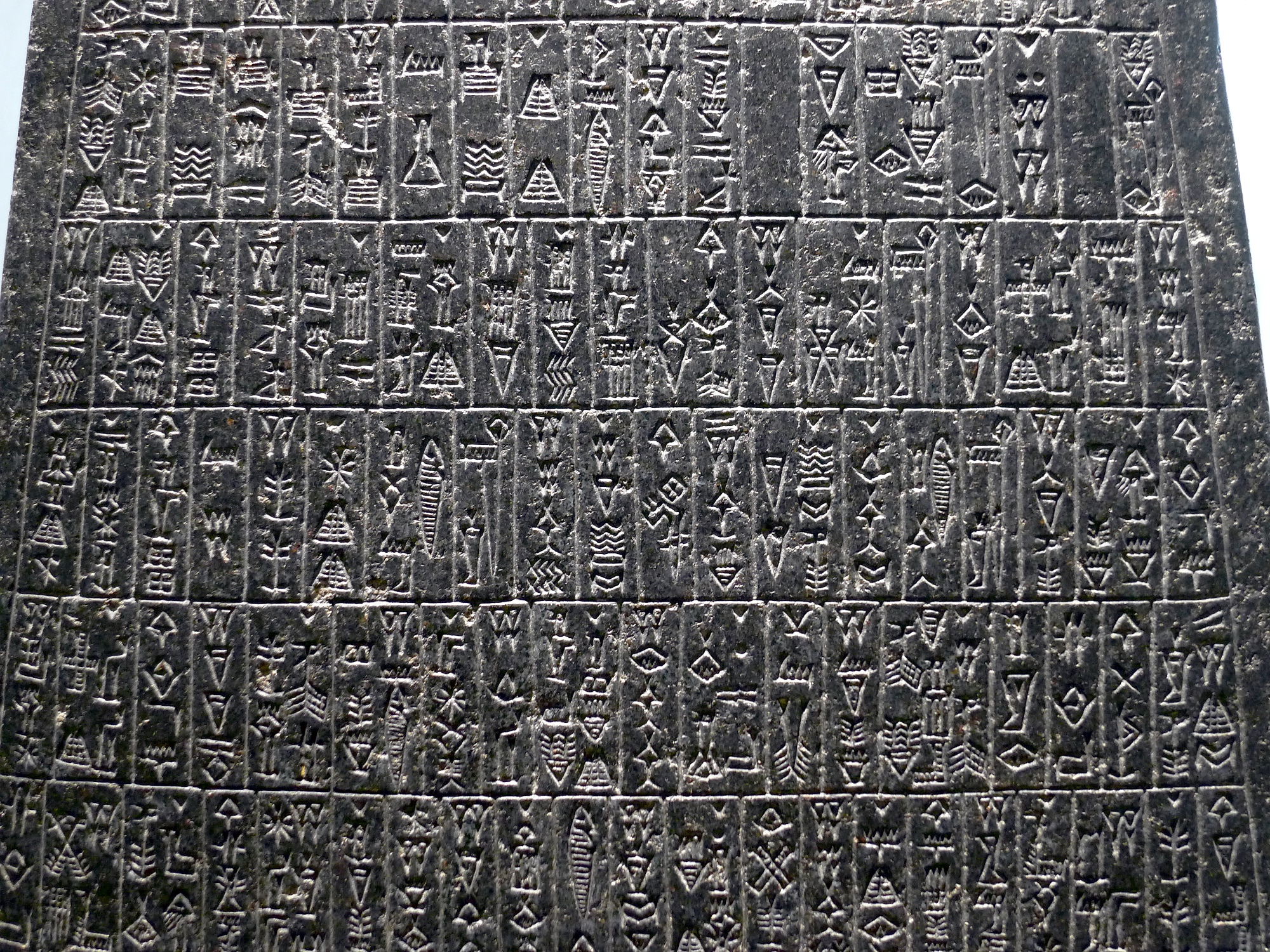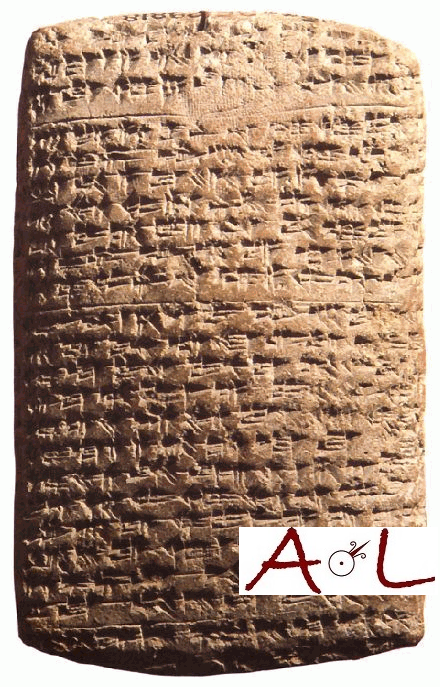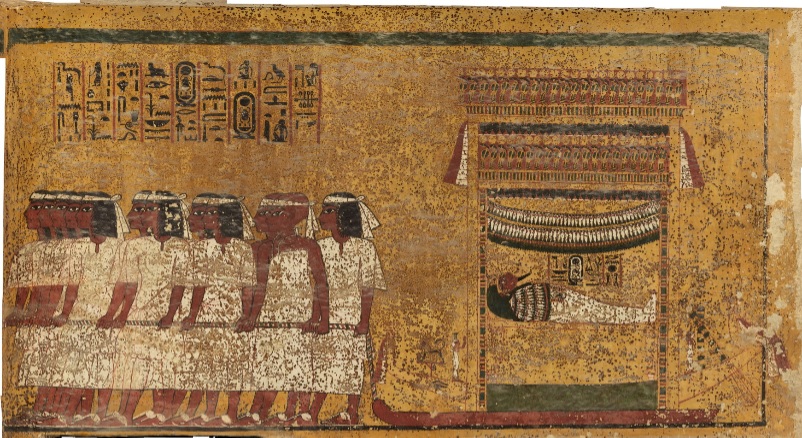Ancient Thrace and Orphism in Southeast Europe, Romania, Serbia, Macedonia, Greece, Bulgaria
Sunday 04 April 2021 at 1:36 pm
The oldest book in the World art and symbols of Golden Etruscan Orphic Book from Bulgaria
An ancient book comprising of six pages of 24 karat gold (measuring 5 x 4.5 centimetres) bound together by gold rings was donated to the Museum by an anonymous 87 year old Bulgarian man from Macedonia who had discovered the treasure in a tomb unearthed 60 years in southwestern Bulgaria. According to Elka Penkova, Head of the museum's archaeology department, the golden book is the oldest complete book in the world, dating to 600 BC.
The Golden Book is dedicated to the Ancient Greek God of Music Orpheus
Etruscan Gold book Thracian prayer 600 BC Bulgaria
This is a funeral book made for an aristocrat of the Orpheus cult.
The most popular cults were the Dionysian mysteries, which came to Greece from Thrace, along with the cult of Orpheus and the Orphic mysteries.
Perperikon in southern Bulgaria is a real city-temple, with the stone altars, dedicated to the God of wine and sexual ecstasy known by the Greeks as Dionysus, or Bacchus by the Romans. Orpheus, the Thracian’s musician god, according to legend was a disciple of Dionysus, but had argued against practices of orgies in the name of Apollo, the god of reason. He was murder by the maenads, the female followers of Dionysus. Orpheus death was considered a sacrifice to redeem mankind for its sins.
Orpheus leading Eurydice from the Underworld. Jean Baptiste Camille Corot 1796-1875
Some archaeologists believe that Orpheus could have been a real person who resided in the Rhodope Mountains, a Dionysian priest, an initiate of Egyptian mysteries. His cult proclaimed asceticism, was against sacrifice, and taught the transmigration of souls. His followers, including Pythagoras, Plato, Aristotle and Alexander speak of the soul’s capacity to experience the divine. The initiated students had learned to break free, resurrect and experience happiness in the afterlife.
Read more
or A Brief History of the World beyond the Usual by Nataša Pantović
Tuesday 02 February 2021 at 11:12 am
Novel Metaphysics of Sound: In Search of the Name of God to be reseased in Feb 2021
Join Nataša Pantović, Maltese and Serbian researcher of ancient world’s, on a mind-boggling tour of history and sounds - from the Ancient Sumerian Priestess Sin Liturgy right up to the development of Ancient Greek and Cyrillic alphabet.
This new novel contains a dialogue between two European cultures, Roman and Greek from an Ancient Slavic perspective, an intimate encounter of Balkan, its history and culture, a glimpse into the evolution of Ancient Egyptian’s, Ancient Maltese, Ancient Greek - Ionic and Slavic sounds.
A Brief History of the world Beyond the Usual (the subtitle of the book) contains the historical overview of the development of people, sounds and symbols as frequencies.
In the story, Ivana Šeravac was about to turn 30 when she found herself on a train journey to a Montenegro’s monastery Ostrog. Ivana’s travel companion, we are told, is David Archer who happens to be in Montenegro on a research trip related to his Phd work in London.
A historical fiction novelist Nataša drew inspiration from her-own life-long research, exploring archaeology of Ancient cultures around Mediterranean.
“Metaphysics of Sound: In Search of the Name of God”, is a 2011 novel written by Maltese / Serbian author Nataša Pantović. The book is Nataša's ninth book and third novel written under her own name (she has also written a poetry book under the pseudonym Nuit) and is released in January 2011 in Malta. “Metaphysics of Sound” is narrated by a thirty year old woman named Ivana Šeravac, who is on her research trip around Serbia.
Metaphysics of Sound is published by Artof4Elements in Malta.
Read more
Learning from Ptah the supreme God of Memphis
Tuesday 17 November 2020 at 3:18 pm
The largest archaeological find of 2020 in Egypt
The colourful, sealed Sarcophagi were buried in 320 BC in what is known as "Saqqara" - an ancient Egyptian burial site.
Discoveries just beginning. The 140 painted wooden sarcophagi and gilded statues unearthed in Saqqara are just the beginning, says Egypt's Minister of Antiquities: "Whenever we empty a burial shaft of sarcophagi we find an entrance to another."
2,500 years old, 500 BC tomb discovered in Nov 2020 ancient Egypt archeology
It is almost a miracle how intact these mummies are! Egypt unveiled on Saturday November 14, a hundred sarcophagi over 2,000 years old in perfect condition, discovered south of Cairo, the largest "treasure" unearthed in the country since the beginning of this year.
The hundred fourth sarcophagi were discovered in three funeral pits, 12 meters deep. "The excavations are still in progress. As soon as we empty a funeral shaft with sarcophagi, we discover another", added the Minister Khaled el-Enani.
One of many statues 300 BC ancient Egypt ancient statues 2,500 years old
Read more
Friday 30 October 2020 at 11:00 pm
Did you know that Ancient Greek and Egyptian Philosophers (700 BC - 200 AC) used numbers or symbols to express philosophical concepts?
Creating a language of symbols, our ancestors related to Gods.
A mathematical statement would, for example, express God as omnipotent and omnipresent, a spiral and its indefinite Pi.
Conversing with my bi-lingual highly educated daughter *she has read at least 500 English books, and lives in a tri-lingual environment (English, Maltese and Serbian – now imagine this!), speaking in Serbian (that is Slavic), I have narrated to her a brief debated encounter I had listened to last eve. The discussion was between “Popa (a Priest)” and “Humanist (a Philosophical movement)”, she was next to me repeating the same words in English “a Pope” and “someone who gives a humanitarian help”. Totally lost in translation between a fifty-two year old and a teenager, jogging alongside a path. She just could not understand why I would make a fuss about “a Priest” in her mind becoming “a Pope” and so on.
The Ancient Greek Herodotus Ἡρόδοτος 484 BC – 425 BC (H-R-DATOS) was a King's historian, born into a wealthy parents in the city now located in Turkey. When he was nine, his father sent him to Constantinople to be educated, not "abondoned" him. A similar story we hear of Ovid who has written his Poem Metamorphosis (40 AD) while he was exiled from Rome, where he was educated. The life expectancy was 38, so the peak of their creative activity, if they are paid by Kings, would have been around 20, by 30 they would have been married and with kids, contemplating other things.
Fragment from the Herodotus Histories Papyrus 200 AC
Another historian of this time, Nicolaus had repeated exactly (word by word) the same story within his, and his King’s (Caesar’s) Biography. Repeating “already written” stories and myths, in twenty-one books, so some of it may stay for posterity.
Kings were often called by the same name, a bit like, you always pay your tax to “Henry”, so not to get confused or to “Elizabeth”. The "Dalai-Lama" was an incarnate of Dalai-Lama. The famous Indian BabaJi, lived for 1,000s of year, always re-asserting his appearance to various spiritual disciples. When in India, various Guru’s re-assured me that he did re-appear, of course, in dreams and meditative experiences, to the chosen few. This is why an Egyptian King lives for many hundred of years. A practice known from all over the world.
The items always found in the ancient tombs are the ancient Egyptian funerary texts
The text found in ancient tumbs incorporates the ancient Egyptian Book of the Dead. As early as 3000 BC, the Royal pyramids contained the Pyramid Texts.
The Ancient Egyptian Negative Confessions written on Temple walls and burial texts were "I have not stolen...", "I have not killed", etc., a letter written to Gods, engraved on Temples walls and prepared as Papyruses 2,000 BC and were equal to "Thou shalt not", the Ten Commandments of Jewish and Christian ethics, later perceived as divine revelation. The Negative Confession was accompanied by a list of protective sounds and symbols that kept souls safe from demons.
The following is the map of the World according to Hecataeus of Miletus 550 BC.
Map of the World according to Hecataeus of Miletus 550 BC 476 BC
With so many destroyed books, what we, as researchers of ancient wisdom, are finding are relatively recent archeological finds, written as records of various 19th or early 20th century archeologists. Researching the originals in Ancient Greek or Ancient Egyptian does take us to Babylon, its culture, its rituals, its science.
Read more
Learning from Ahmed Osman and JeShu as TuT-aNX-aMuN
Monday 26 October 2020 at 11:36 am
Writing and Ancient Egyptian Tut-aNX-aMuN
god Thoth (Θώθ) or Djehuti ḏḥwtj
Writing was believed to have been given to humanity by the Egyptian god Thoth Thōth (Θώθ). Thoth, lord of ritual and of words, is an Egyptian god who gave us writing. Plato mentions Thoth in his dialogue Phaedrus. He says writing is a wonderful substitute for memory, yet it will cause that the future generations will hear much without being properly taught, and will appear wise but not be so. Thoth gave us the ancient Egyptian symbols wisdom of the frequency of the 22 letters and sounds, possibly through the mystical learnings passed through the centuries through the Tarot cards and Kabbala’s Tree of Life.
Museum Louvre Paris France Obélisque de Manishtusu Akkadin Babylon 2370 BC
Another Thoth, the Ancient Egyptian King Tut-ankh-amun and his carved letters, left a deep cultural and scientific impact on the history of European / Arabic writing. His carved letters / books are today known as Amarna Letters and speak of writing as a skill much before 1,400 BC.
In 1887, a local Egyptian woman has uncovered a cache of over 350 stone carved tablets written in cuneiform. From 382 tablets: to be precise, 350 were letters. over 40 of them were discussing legal matters and they speak of the religious reform led by this Egyptian Ruler: to Babylonia, to Assyria, to Mittani, to Arzawa, Alashia and Hatti. Today, these most ancient, carved in stone booklets are scattered in the museums all over the world. Just for the history lovers, the timing does correspond to the timing of Moshes 10 commandments (around 1400 BC). Several letters date back to the rule of Akhenaten’s father, Amenhotep III (1390 – 1353 BC), were among those found at Amarna.
1360 BC Akkadian diplomatic letter found in Tell Amarna diplomatic correspondence between the Egyptian administration and its representatives in Canaan and Amurru during the New Kingdom
Tut-ankh-amun's tomb was discovered in the Valley of the Kings, near Luxor, Egypt, in 1922, by the British archaeologists. It is the only tomb dating from the pharaonic New Kingdom (1550 BC – 1069 BC) to be found intact. The Valley of the Kings is a desolate wasteland utterly devoid of vegetation covered by desert. The tomb of young pharaoh Tut-AnX-Amun was hidden underneath the remains of workmen's huts built during the later Period. Said to “cursed”, his tomb “hid” a secret within its walls. For the superstitious many, “Do not enter, or use your mind, for you will be “cursed””.
Pharaoh Tutankhamun tomb, 18th dynasty East Wall
Read more
